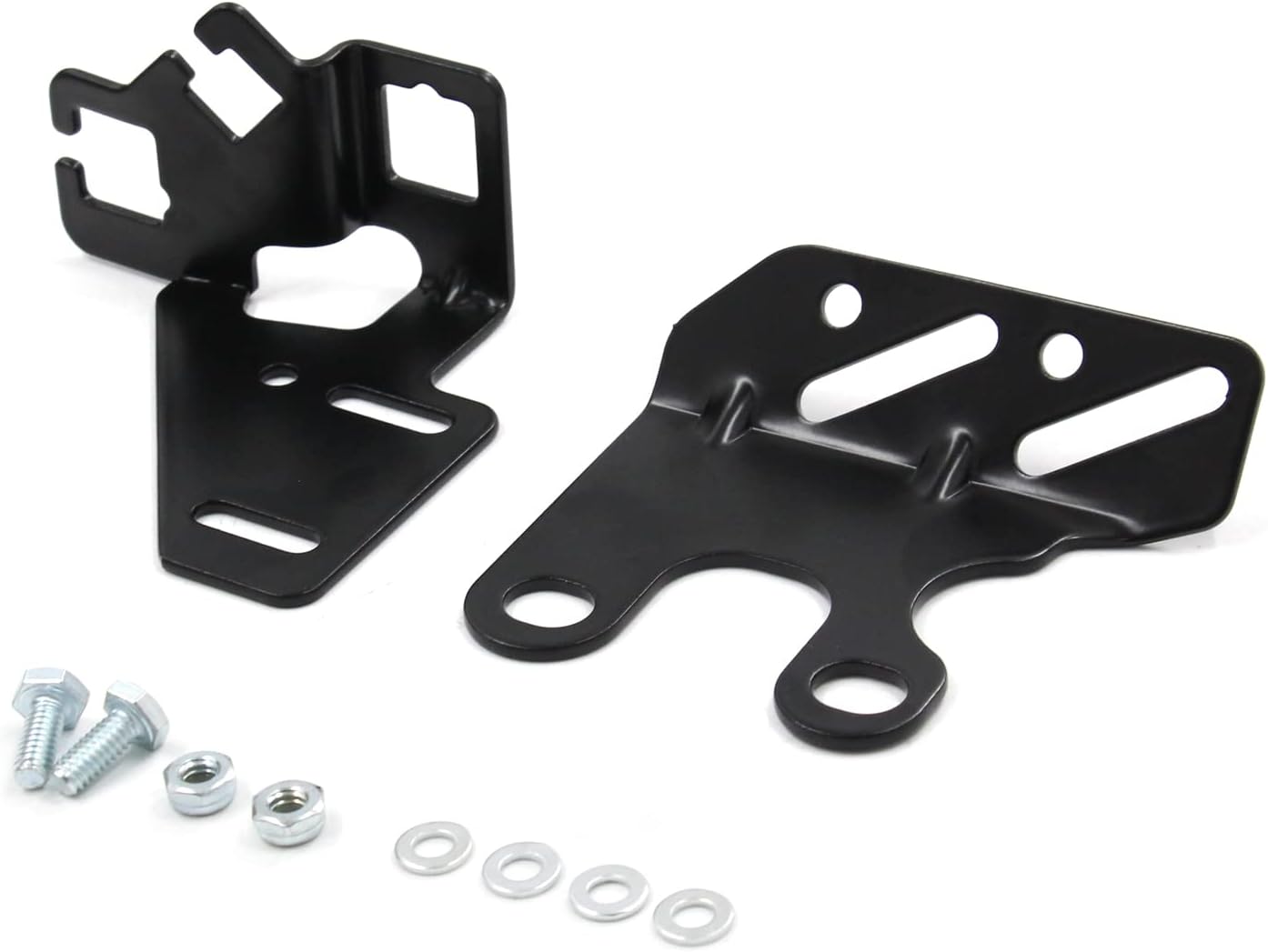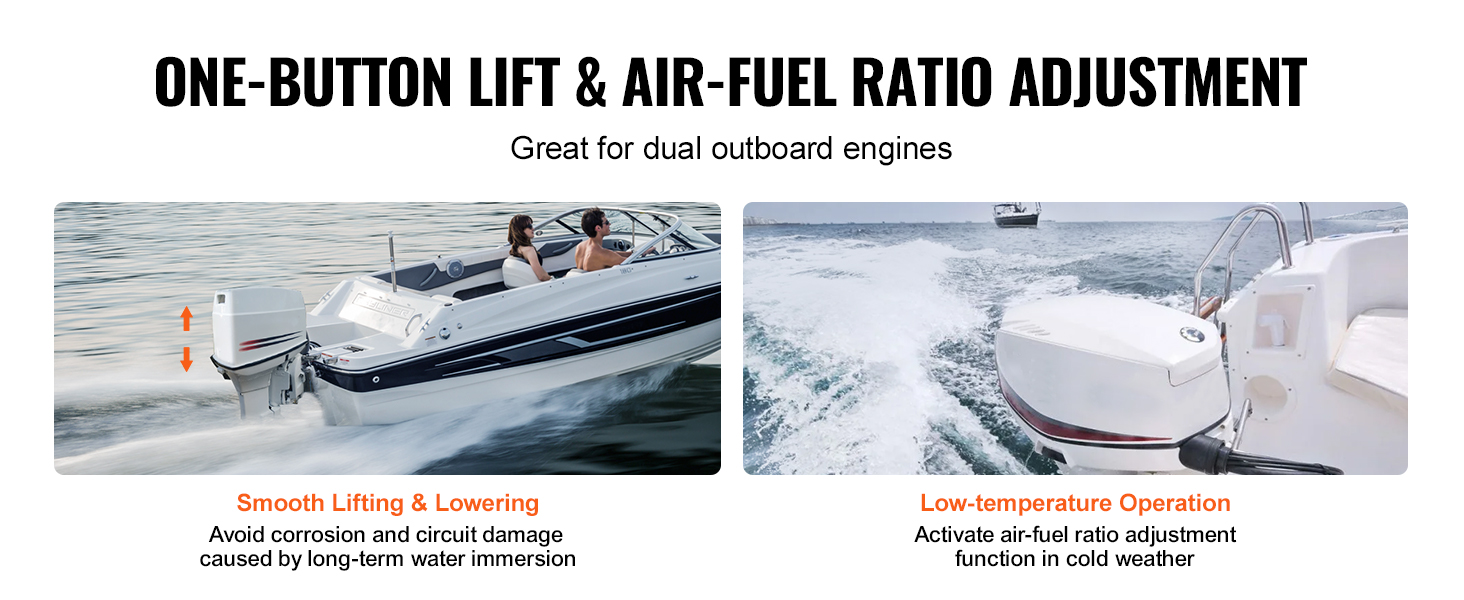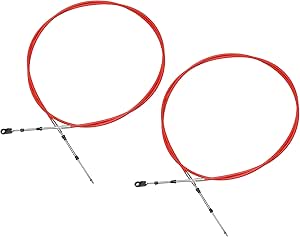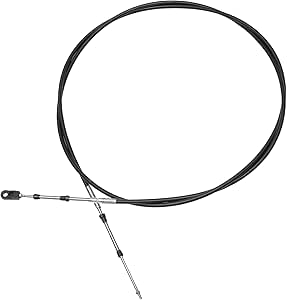When it comes to boating, ensuring that every component functions seamlessly is crucial for safety and performance. One of the most vital yet often overlooked components is the throttle cable. A properly selected and maintained throttle cable can enhance your boat’s performance, while the wrong choice can lead to efficiency issues or even dangerous situations. In this article, we will explore the essential considerations for selecting the right throttle cable for your boat, along with tips and tricks to ensure optimal performance.
Understanding Throttle Cables
Throttle cables are mechanical components that connect the throttle control (usually located in the cockpit) to the engine’s throttle body. They enable the operator to control the engine’s power output with precision. Over time, these cables can wear out or become damaged, affecting their performance and your boating experience.
Types of Throttle Cables

Before diving into the selection process, it’s essential to understand the different types of throttle cables available:
- Standard Throttle Cables: These are the most commonly used cables, suitable for a variety of boat types and engines.
- Heavy-Duty Throttle Cables: Designed for high-performance boats or those that experience extreme conditions, these cables are built to withstand more stress.
- Universal Throttle Cables: These cables can be adjusted to fit various applications, making them versatile but sometimes less reliable than specific models.
- Custom Throttle Cables: For unique setups, custom cables can be created to meet specific requirements, although they may come at a higher cost.
Factors to Consider When Choosing a Throttle Cable

Selecting the right throttle cable for your boat involves evaluating several factors. Here are key considerations:
1. Length of the Cable
The cable length is critical, as an incorrect length can lead to poor throttle response or even failure. To measure the needed length:
- Measure the distance from the throttle control to the engine’s throttle body.
- Account for any bends or turns in the cable run.
- Add extra length for easier installation and adjustments.
2. Cable Material
The material of the throttle cable affects durability and performance. Common materials include:
- Stainless Steel: Offers excellent resistance to corrosion and wear, making it ideal for marine environments.
- Plastic Coated: Provides protection against abrasion but may not be as durable as metal options.
- Polymer Cables: Lightweight and resistant to environmental factors, but check for compatibility with your engine type.
3. Compatibility with Engine Type

Not all throttle cables work with every engine. Ensure that the cable you choose is compatible with your specific engine brand and model. Refer to your engine’s user manual or consult the manufacturer for recommendations.
4. Throttle Control Type
Different throttle controls (mechanical vs. electronic) may require different types of cables:
- Mechanical Throttle Controls: Typically use traditional cables, which allow for direct control over the throttle.
- Electronic Throttle Controls: May require specialized cables or systems that can handle electronic signals.
5. Operating Environment

The environment in which you operate your boat can greatly affect your throttle cable choice. If you’re boating in saltwater, for instance, you should prioritize corrosion-resistant materials. In contrast, freshwater environments might allow for less robust options.
Installation Tips for Throttle Cables

Once you have selected the appropriate throttle cable, proper installation is essential for optimal performance. Here are some tips:
- Follow Manufacturer Guidelines: Always refer to the installation instructions provided by the manufacturer to avoid mishaps.
- Check for Frays or Damage: Before installation, inspect the cable for any visible signs of damage.
- Use Proper Routing: Ensure that the cable is routed away from heat sources and moving parts to avoid wear and tear.
- Test Functionality: After installation, test the throttle response before heading out on the water to ensure that it operates smoothly.
Maintenance of Throttle Cables
Proper maintenance can extend the life of your throttle cable and ensure consistent performance. Here are some best practices:
- Regular Inspections: Check the throttle cable regularly for signs of wear, fraying, or corrosion, especially before and after boating season.
- Lubrication: Apply a suitable lubricant to the cable and connections to reduce friction and wear.
- Keep It Clean: Remove any dirt, salt, or debris that may accumulate around the throttle cable to prevent corrosion.
- Replace When Necessary: If you notice any significant damage, it’s best to replace the cable immediately to avoid safety hazards.
Case Studies: Real-World Examples

To illustrate the importance of choosing the right throttle cable, consider the following case studies:
Case Study 1: The High-Performance Racer
A competitive speedboat racer chose a heavy-duty throttle cable to handle the extreme speeds and conditions of racing. The cable’s durability ensured that it maintained consistent throttle response during races, allowing the racer to achieve personal bests without worrying about equipment failure.
Case Study 2: The Weekend Cruiser
A family enjoying weekend outings on a cruiser experienced intermittent throttle issues due to a poorly fitted universal throttle cable. After consulting with a marine technician, they replaced it with a standard cable specific to their engine model. This simple change improved throttle responsiveness and significantly enhanced their overall boating experience.
Choosing the right throttle cable for your boat is a crucial decision that impacts performance, safety, and enjoyment on the water. By considering factors such as cable length, material, compatibility with your engine, and the operating environment, you can make an informed choice. Proper installation and maintenance further ensure optimal performance and longevity of the cable. Remember, whether you are a high-performance racer or a casual weekend cruiser, selecting the right throttle cable tailored to your needs can make all the difference in your boating experience.
In summary, invest the time to research and select the best throttle cable for your boat, and follow up with regular maintenance to enjoy a smooth and safe ride every time you hit the water.

